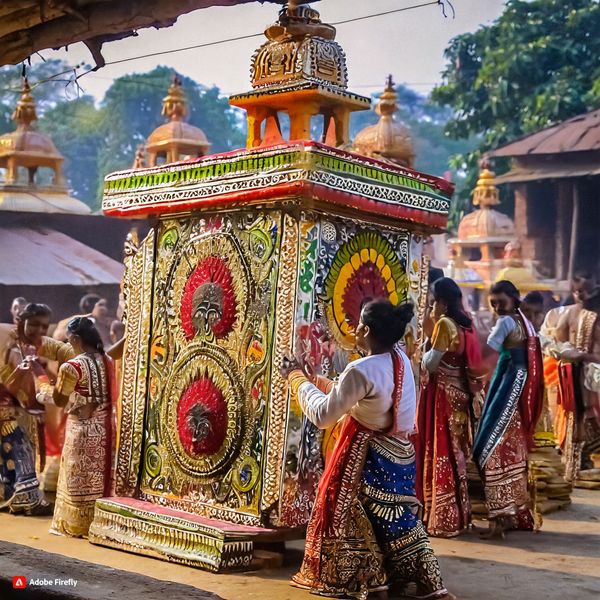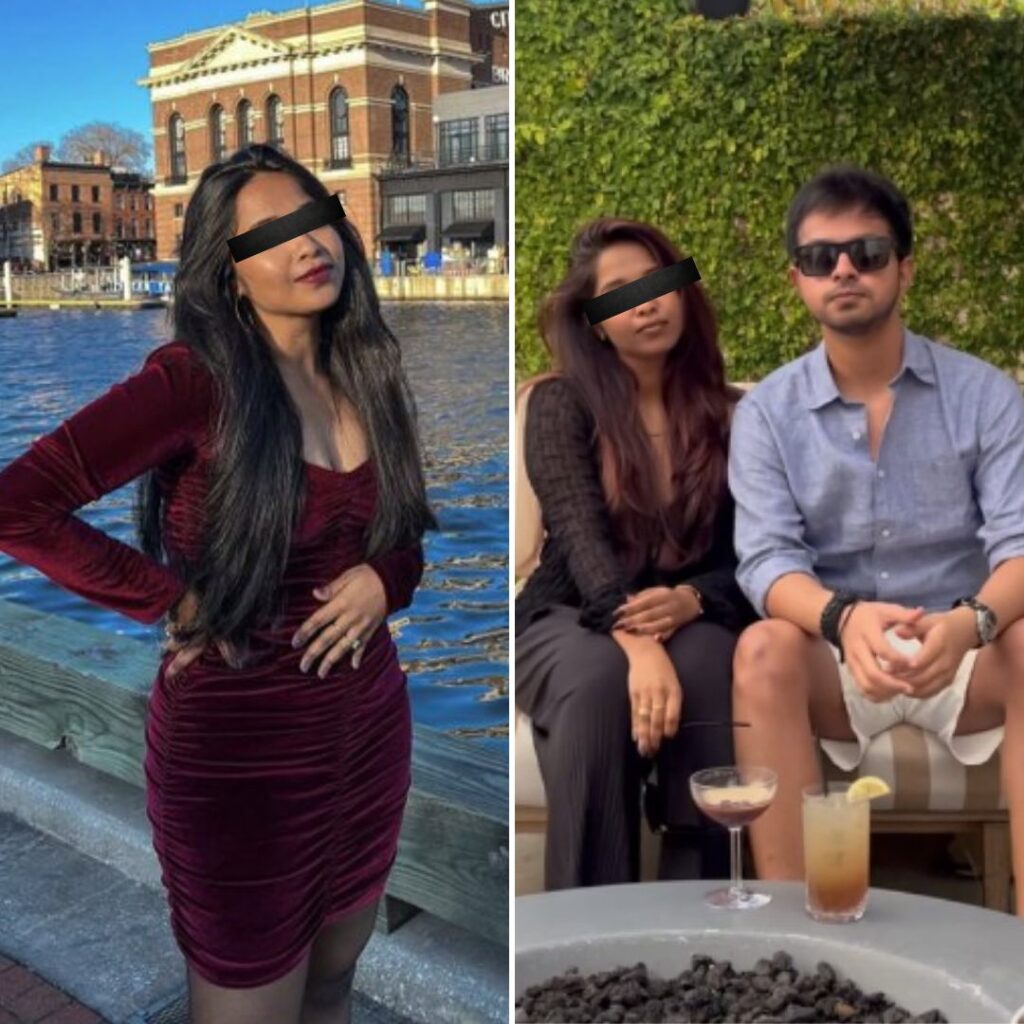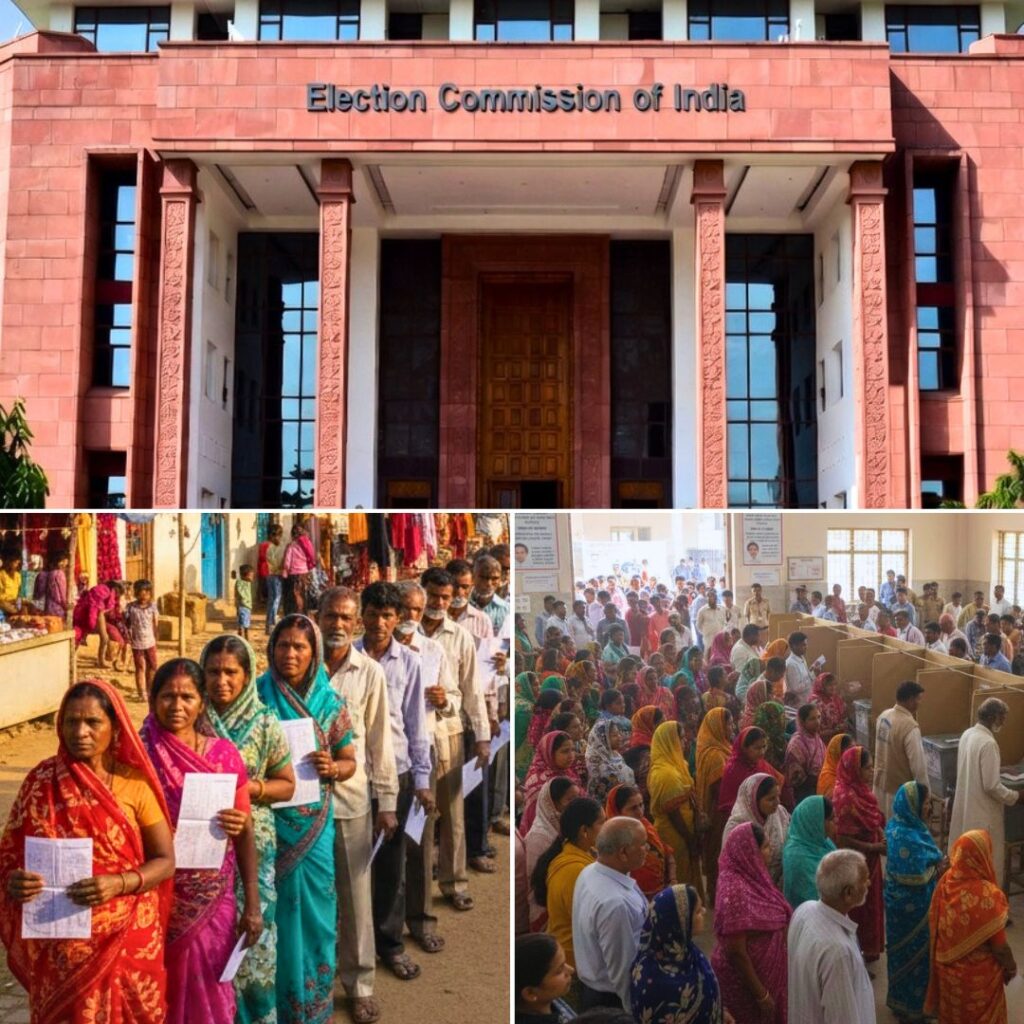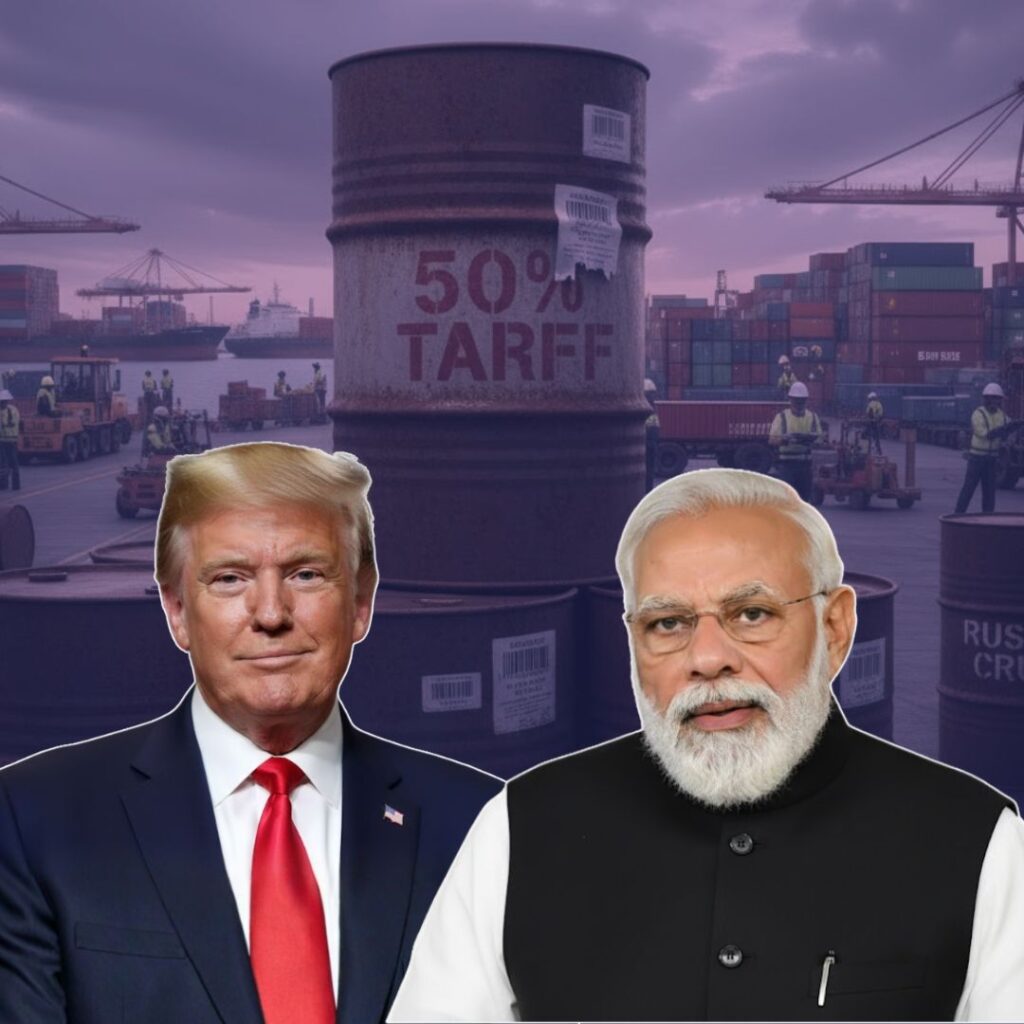In the realm of artistic expression, Pattachitra paintings stand as more than just strokes on canvas—they are a vibrant connection between thoughts and a visual tapestry that unfolds stories. Rooted in the heart of Odisha, Pattachitra art, with its rich hues and profound narratives, distinguishes itself through its unique portrayal of Hindu mythological tales and characters, making it a cherished cultural treasure.
Origins and Techniques:
The very essence of Pattachitra lies in its name, where ‘patta’ signifies cloth and ‘chitra’ denotes picture. This traditional art form primarily involves painting on fabric, showcasing a fusion of meticulous techniques passed down through generations. The chitrakaras, the artists behind these creations, employ organic materials like conch-shell for white and indigo for blue, ensuring a blend of traditional methods with commendable skill.
Themes and Narratives:
What sets Pattachitra apart is its simplicity intertwined with complexity. The artists, known as chitrakaras, predominantly focus on Hindu mythological stories, with deities like Jagannath, Balbhadra, and Subhadra taking center stage. These tales, depicted with vivid colors and intricate detailing, connect instantly with viewers, weaving a visual and emotional narrative.
Historical Roots:
The roots of Pattachitra art can be traced back to the 5th century BC, and it finds its truest reflection in the villages near Puri, Odisha. The artists, often referred to as chitrakaras, infuse their imagination and creativity into the artwork, creating a form that resonates with keen observers and art enthusiasts alike.
Challenges and Adaptations:
Pattachitra paintings have not been immune to change. The traditional Patuas, Chitrakars, Patikars, and Patidars, who once traveled from village to village, are now facing challenges in a world dominated by modern entertainment. While the traditional Jodano pata and Chouko pata formats continue, artists have expanded their themes to include social issues, rural and urban events, and political happenings to sustain their age-old tradition in the face of evolving preferences.
Mixed Identities and Ostracism:
A unique aspect of the Pattachitra community is the diversity within its artists. While the popular subjects often revolve around Hindu deities, many surviving artists in West Bengal are Muslims. The myth of their ostracization dates back to a portrayal of Mahadeva Shiva without permission, leading to a mixed identity where they follow Hindu traditions while being considered ‘Muslim untouchables.’
As the winds of change sweep through the artistic landscape, Pattachitra art stands resilient, adapting to contemporary themes while preserving its timeless essence. The Patuas may face challenges in a rapidly evolving world, but their dedication to this ancient craft ensures that Pattachitra continues to live on—a testament to the enduring beauty of Odisha’s cultural heritage. Whether unraveling scrolls to narrate tales or adapting to societal shifts, Pattachitra remains a vibrant thread in the rich tapestry of India’s artistic legacy.
Also Read: Astronomical Breakthrough: Physicists Identify Second-Most Powerful Cosmic Ray Beyond The Milky Way













